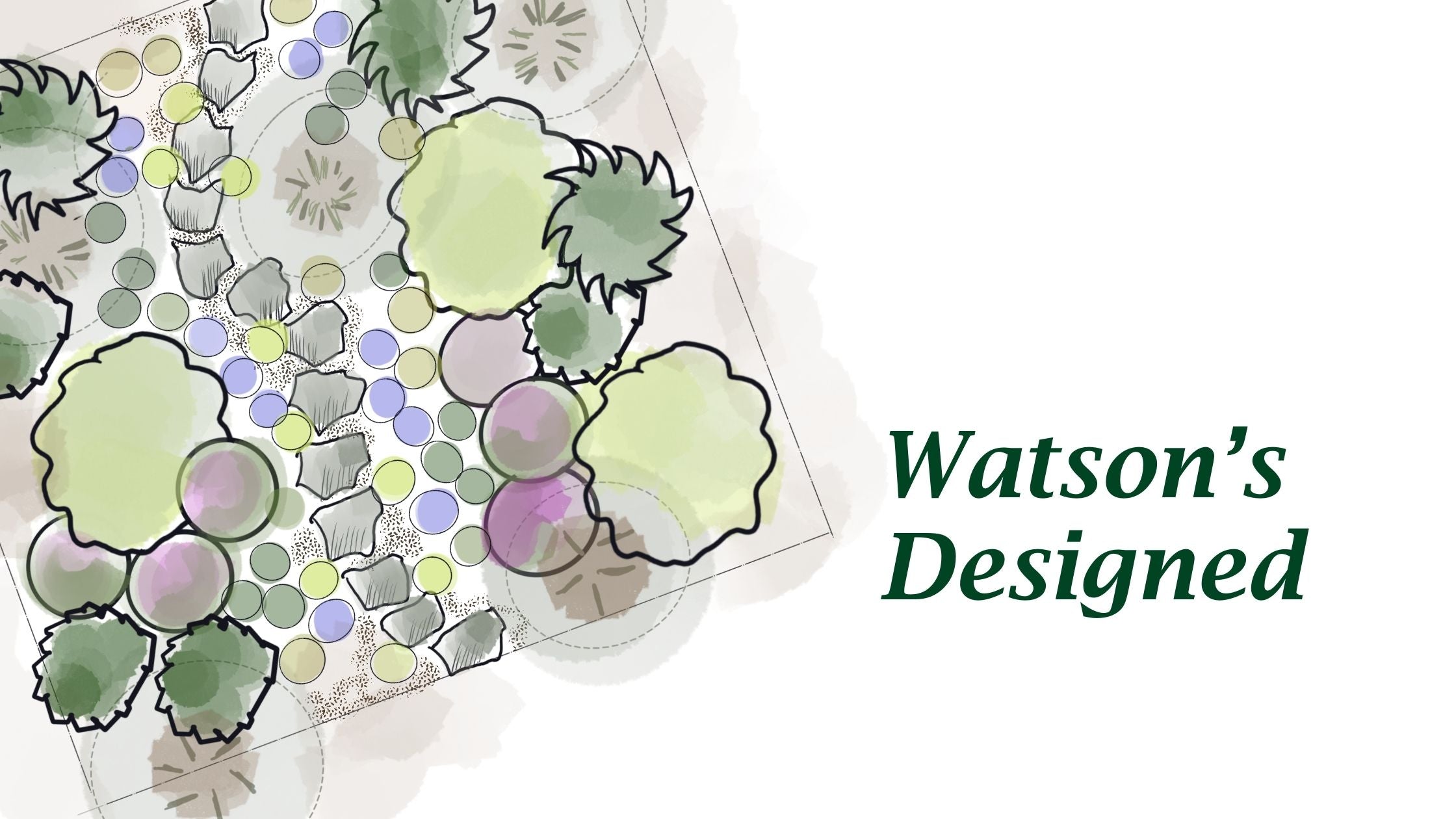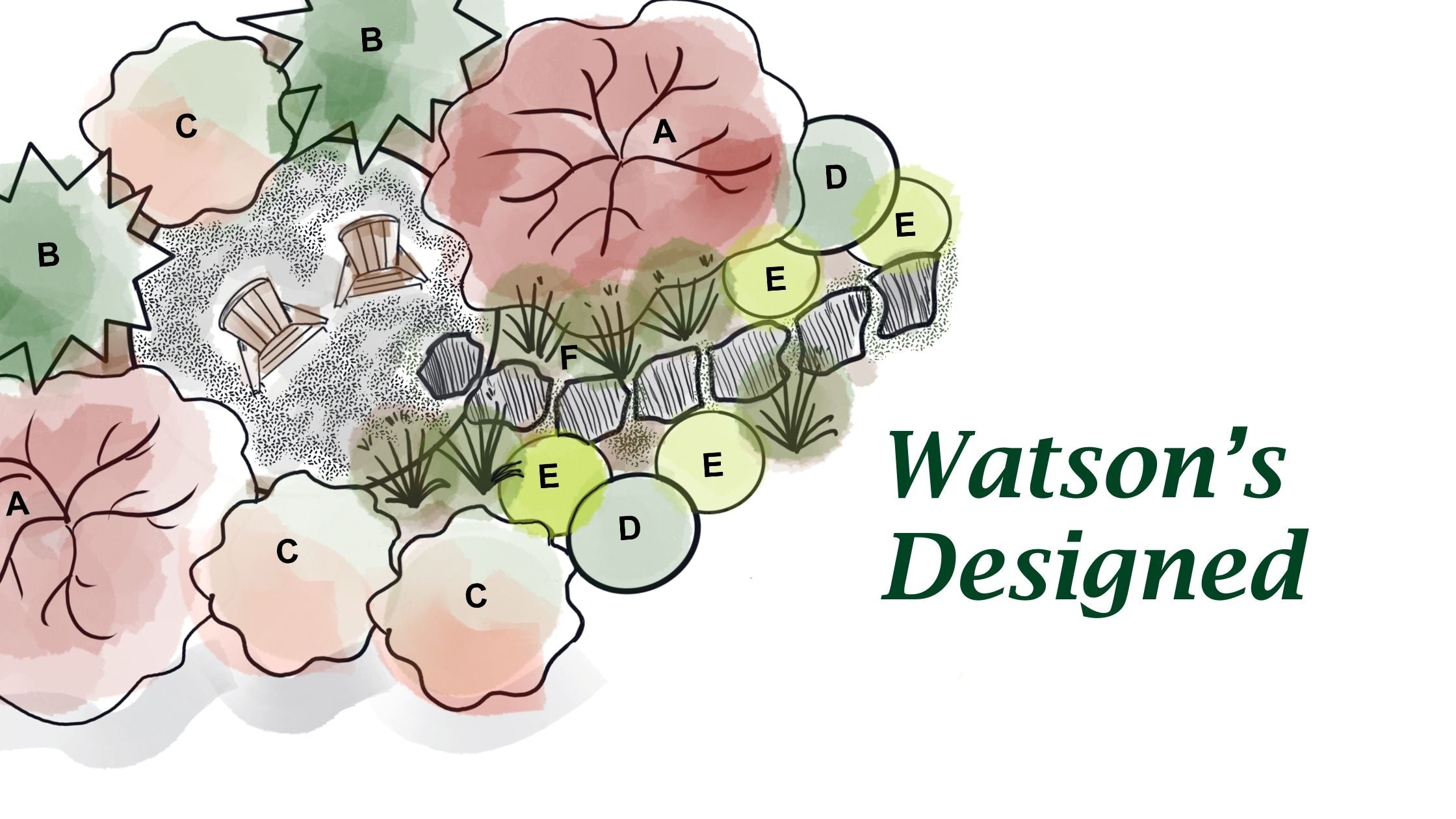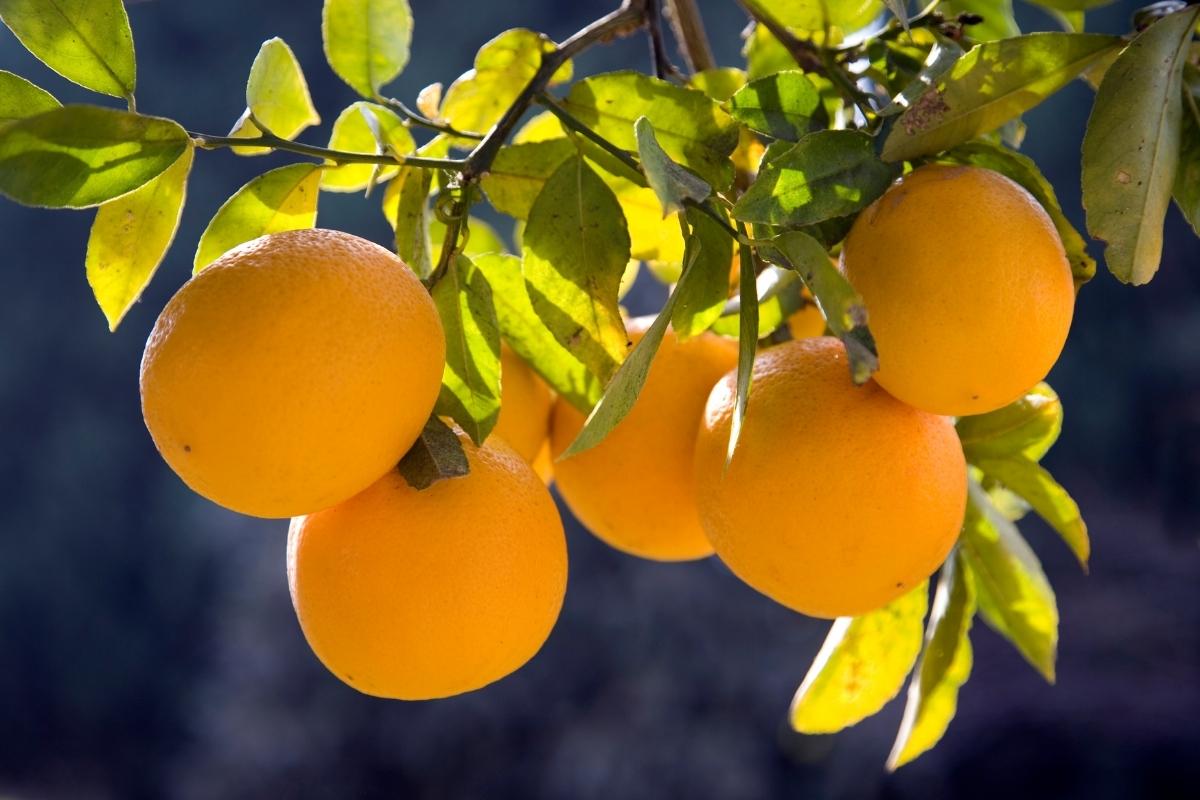Your Guide to Cold Weather Vegetables
Your Guide to Cold Weather Veggies
Many vegetables benefit from getting started in very early spring when the weather is cooler. Many more can be started after the summer solstice in order to hold them to harvest slowly throughout the fall, winter and earliest spring.
Here in the PNW we are lucky enough to have pretty mild temperatures in spring and fall and can grow food most of the year if you utilize succession planting and know what varieties to choose.
There are three main planting windows: very early spring before the last frost dates, May, then July and the first two weeks of August for fall crops.
Peas:
For spring peas: sow directly outside from mid-March on until May.
The main things to watch out for are birds eating your seeds or starts, slugs, and your seeds rotting from too much moisture if the soil temps are too cold.
You can use bird netting over a frame to save your seeds and starts from birds, another tip that works is to cover your row with an old fence board before they sprout up—peas are quick to germinate so be sure to check daily after three days and once they are up you can remove the board.
Slug bait works for slugs as do beer bait stations—slugs travel surprisingly far to feast on gardens and are most active at night. They will hide in any crack or crevice during the day check the inside rims of pots and raised beds.
Peas love moisture and should not rot even very early in the season unless the soil is far too heavy and doesn’t drain.
For fall peas: sow inside any time in July or August where you can keep the temperature a bit lower. You can also have success direct sowing them in the garden in a spot that gets afternoon shade. The benefit of fall peas is that there are fewer pests and the birds have so much to eat they will likely leave your peas alone.
Pods will be ready to harvest in 6 to 8 weeks. The tender shoots are edible as well as the pods, they taste just like peapod flavored lettuce and can be harvested as soon as the plant is really branching and growing away. Pinch about 6 inches of the tender end growth where the stem is still soft. These shoots are especially tasty on sandwiches—try them on egg salad or pastrami with cucumbers and a good swipe of green goddess dressing.

Spinach, Lettuce and Mache or Corn Salad:
Spinach loves cool weather and produces well until the weather starts to get hot. Direct sow or plant transplants outside from March onward. Spinach prefers a loose loamy soil and will grow best with some compost and organic fertilizer added before planting. Be sure to protect from slugs!
Mache is a lesser known green that grows beautifully in the cool seasons and has a delicate, mineral flavor that is delicious and mild. It can be direct seeded or planted out from starts. Its not picky about soil or food and is a great plant to try if you are still building up your garden’s fertility.
Lettuce can be grown easily in the spring and fall. I find it easier to get successful plants if you start them inside and grow as heads. For summer crops I will direct sow in blocks to cut as leaves. Lettuce prefers a soil that’s a bit sweeter than our naturally acidic soil in the PNW so an application of lime can be beneficial. Other than that, protect from slugs and make sure yout lettuce gets regular water.
Fava Beans:
Fava beans are a traditional Italian crop that can be sown in either the early spring or the fall. If sown in spring you will be harvesting your pods in June. If sown in fall your plants will overwinter and shoot up themselves in spring when the weather is right and you will have pods to harvest in April/ May
Fava bean seeds benefit from either a light nick or an overnight soak before sowing. This increases germination rate and speed.
Another nice thing about Fava beans is that they improve your soil by fixing nitrogen as they grow. Agriculturally they are often used as a fall sown cover crop for this reason.
They plants are very pest and disease resistant, and a beautiful spring treat in pasta primavera or simply sauteed with butter and green garlic.

Carrots:
Carrots are often overlooked for succession planting but fall and winter carrots are the sweetest you can grow! Just sow another crop in July, keep well watered and harvest throughout the fall and winter. The cold weather increases the sugar content of the carrots. If you have good drainage, they are tough enough to leave in the garden with a mulch over them and harvest as needed. Carrots are very slow to germinate–they take about two weeks and need to be kept moist the entire time to make it. They prefer a light soil, growing very well in sandy conditions and don’t do well if overfed.

Onions and Leeks:
Onions and leeks are both excellent cold weather crops. Leeks are the simplest to grow. Direct sow or transplant into the garden in March and let them grow the whole season until fall when they have attained some size and are ready to harvest. Leeks don’t mind a heavy soil, like regular water and could start out with a good fertilizer when planted. They are among the most cold tolerant of vegetables and will stand out in the garden the entire winter to be used as needed.
Onions can be grown in many different ways. There are specific varieties for different purposes and different parts of the country as they require different day lengths to make bulbs. In the PNW we need long day varieties because our summer daylight hours are so long. You can choose between storage types or sweet onion varieties, Walla Walla sweets being our most famous local variety.
They prefer a sandier soil and like to be firmed in well when first planted. They aren’t heavy feeders but do need regular water to attain size.
If you want to direct sow, it’s best to start the seeds in February inside and plant out in March when the plants are 4 inches tall.
If you use sets or a bundle of plants they can be put out any time in March and will usually begin growing immediately.
Onions are ready to harvest when their necks get floppy and the very tips of the tops are starting to brown. Storage onions can be pulled up and then cured by leaving out in the sun during the day for a week to harden bringing in at night so the dew doesn’t get to them. This significantly increases their storage life and after this process you can braid them together or trim the tops off, leaving 3 inches still on the bulb and store.
Brassicas: Kale, Broccoli, Cauliflower, Cabbage:
Most Brassicas are very cold tolerant and prefer to get started in the cold weather. They are heavy feeders in general so could use a dose of organic fertilizer to get going when planted. This in another plant that will thank you for lots of rich compost. They can grow well in heavy soil and need regular water throughout the summer to do well.
I grow all my brassicas by starting inside first and transplanting out when they have their first or second set of true leaves. Ths is to combat loss from pests and get my spacing correct, these plants need a good two feet of their own space.
Watch out for aphids and slugs!
Broccoli in particular has many varieties bred specifically to overwinter and produce shoots in spring. These are marketed as “Sprouting Broccoli” and are my favorite for fall planting to get an early spring harvest. Heading broccoli I plant a few times in the spring to space out harvest over the summer and fall. Most broccoli will produce side shoots once the main head is cut so continue to harvest those until the plant stops producing them.
Brussels sprouts can be planted in July, overwintered and harvested in spring or started in February and harvested in fall.
Cabbage does best if spring started as it takes the whole season to attain size. It should be harvested in late fall and stored in a garage or other cool room inside. Although very cold tolerant, if left outside in our wet winters it has a tendency to split and rot.
Cauliflower is also best planted in the spring and left to grown on the whole summer. I would say Cauliflower prefers heavy soil and water and again is a heavy feeder. Blanching isn't super necessary but can be done if you’d like perfectly white heads. Purple of Sicily is one of the easier variety to grow well and blanching is not needed as it’s a purple color.
Kale is the most versatile and varied of the brassicas. It can be sown year round, eaten when baby leaf size or when the leaves are bigger than your head, you can even eat the flowering shoots like broccoli when it starts to bolt. It is cold tolerant, will stand in the garden to be harvested all winter and usually is unbothered by the summer heat as well. There are many varieties, the best cooking type is the dino kale or “Nero de Toscana” but this is also a matter of preference—”Rebor” and “Curled Scotch” are productive classics as well.



